Home>Storage Ideas>Bathroom Storage>How To Get Rid Of Shower Curtain Mold And Mildew For A Healthy Bathroom
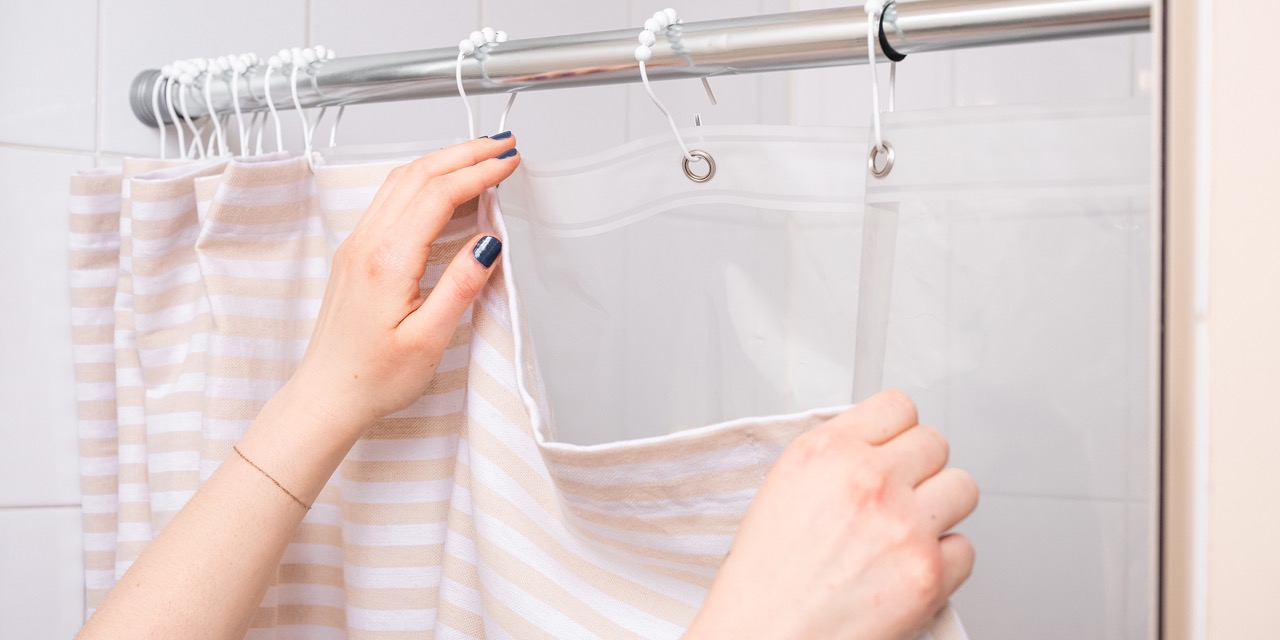

Bathroom Storage
How To Get Rid Of Shower Curtain Mold And Mildew For A Healthy Bathroom
Modified: March 2, 2024
Learn how to eliminate shower curtain mold and mildew for a clean and healthy bathroom. Get expert tips for bathroom storage to prevent future issues.
(Many of the links in this article redirect to a specific reviewed product. Your purchase of these products through affiliate links helps to generate commission for Storables.com, at no extra cost. Learn more)
Introduction
Welcome to our comprehensive guide on how to get rid of shower curtain mold and mildew for a healthy bathroom. Bathrooms are notorious for being a breeding ground for mold and mildew due to the constant exposure to moisture and steam. Not only can mold and mildew cause unpleasant odors, but they can also pose a health risk to you and your family.
In this article, we will dive deep into understanding the causes and implications of mold and mildew in the bathroom. We will discuss effective methods to remove mold and mildew from your shower curtain, as well as steps to prevent their future growth. By following these steps, you can maintain a clean and healthy bathroom environment.
So, let’s get started and learn how to say goodbye to shower curtain mold and mildew once and for all!
Key Takeaways:
- Say goodbye to shower curtain mold and mildew by removing, cleaning, and preventing their return. Enjoy a fresh and healthy bathroom environment with these effective tips!
- Combat mold and mildew for a cleaner, healthier bathroom. Remove shower curtain mold, clean thoroughly, and implement preventive measures for long-term success.
Read more: How To Get Pink Mold Off A Shower Curtain
Understanding mold and mildew in the bathroom
Before we dive into the process of removing and preventing mold and mildew from your shower curtain, it’s important to understand what these fungi are and why they thrive in bathroom environments.
Mold and mildew are types of fungi that grow in damp and humid conditions. They typically appear as black or greenish patches and can spread rapidly if not addressed promptly. In bathrooms, mold and mildew tend to accumulate on shower curtains, tiles, grout, and other surfaces that come into frequent contact with water.
The prime culprits behind mold and mildew growth in the bathroom are moisture and lack of ventilation. When hot water is used during showering, it creates steam that raises the humidity levels in the room. If proper ventilation is not present, the excess moisture will settle on surfaces, providing the ideal conditions for mold and mildew to thrive.
Not only are mold and mildew unsightly, but they can also lead to a range of health issues. Prolonged exposure to mold spores can trigger allergies, respiratory problems, and even worsen conditions such as asthma. Therefore, it’s crucial to address mold and mildew as soon as you notice their presence.
Now that we have a better understanding of mold and mildew in the bathroom, let’s move on to the next section, where we will explore the importance of combating these nuisances.
The importance of combating mold and mildew
The presence of mold and mildew in your bathroom not only affects the aesthetic appeal of the space but also poses potential health risks for you and your family. Understanding the importance of combating these issues is crucial for maintaining a healthy and hygienic bathroom environment.
One of the primary reasons to address mold and mildew is the impact they can have on your health. Mold spores can trigger allergic reactions, respiratory issues, and other health problems. Individuals with asthma or weakened immune systems are particularly vulnerable to the effects of mold exposure. By eliminating mold and mildew from your shower curtain, you can reduce the risk of these health issues and improve the overall air quality in your bathroom.
In addition to the health implications, mold and mildew can also cause damage to your bathroom surfaces and fixtures. Over time, the growth of mold and mildew can lead to discoloration, deterioration, and even structural damage. This can result in costly repairs and renovations. By taking proactive measures to combat mold and mildew, you can extend the lifespan of your bathroom fixtures and save money in the long run.
Furthermore, addressing mold and mildew is essential for maintaining a clean and inviting bathroom space. Mold and mildew give off a musty odor that can be quite unpleasant. This can significantly impact your overall comfort and enjoyment of the bathroom. By eliminating mold and mildew, you can prevent these odors from lingering and create a fresh and enjoyable bathroom environment.
Lastly, addressing mold and mildew is crucial for maintaining the aesthetics of your bathroom. The presence of mold and mildew stains can make your shower curtain and other surfaces look dirty and unsightly. This can detract from the overall visual appeal of the space. By regularly cleaning and preventing mold and mildew growth, you can keep your bathroom looking clean, fresh, and welcoming.
In the next section, we will guide you through the first step in combating mold and mildew in the bathroom – removing the shower curtain. Let’s get started!
Step 1: Removing the shower curtain
When dealing with mold and mildew on your shower curtain, the first step is to remove the curtain from its rod or hooks. This will allow you to clean it thoroughly and effectively without any obstructions.
Here’s a step-by-step guide on how to remove the shower curtain:
- Start by gathering the necessary tools. You will need a ladder or step stool (if your shower curtain rod is high), a pair of gloves, and a bucket or a plastic bag.
- Climb the ladder or use the step stool to reach the shower curtain rod.
- Locate the hooks or rings holding the curtain in place. Carefully remove each hook or ring from the rod.
- Once all the hooks or rings are removed, slide the shower curtain off the rod and place it gently on the floor or a flat surface.
- If your shower curtain has a liner, you should also remove it at this time.
- Inspect the curtain and liner for any visible mold or mildew. If you notice any, handle the curtain and liner with caution to prevent the spread of spores.
- Dispose of any disposable plastic rings or hooks that may have accumulated mold or mildew. If you have reusable hooks or rings, clean them separately using a mild solution of water and vinegar.
Once you have successfully removed the shower curtain, it’s time to move on to the next step – cleaning it thoroughly. This step is crucial in eliminating any existing mold and mildew and preventing their future growth. We will discuss the cleaning process in detail in the next section.
Before we proceed, please ensure that you follow proper safety precautions when dealing with mold and mildew. Wear gloves and a mask to protect yourself from potential allergens and respiratory irritants. Proper ventilation in the bathroom is also important throughout the cleaning process.
To get rid of shower curtain mold and mildew, mix equal parts water and white vinegar in a spray bottle. Spray the affected areas, let it sit for a few hours, then scrub with a brush and rinse thoroughly. Repeat as needed.
Step 2: Cleaning the shower curtain
Now that you have successfully removed the shower curtain from the bathroom, it’s time to tackle the cleaning process. Cleaning your shower curtain is an essential step in eliminating mold and mildew and restoring its cleanliness and freshness.
Here’s a step-by-step guide on how to clean your shower curtain:
- Prepare a cleaning solution: In a large bucket or basin, mix equal parts warm water and white vinegar. Vinegar is a natural cleaner that has antimicrobial properties, making it effective in removing mold and mildew.
- Submerge the shower curtain: Place the shower curtain in the bucket or basin, making sure it’s fully submerged. If you have a plastic shower curtain liner, you can clean it alongside the fabric curtain.
- Soak the curtain: Allow the curtain to soak in the vinegar solution for about 30 minutes to an hour. This will help to loosen any mold or mildew and make it easier to remove.
- Scrub the surface: After soaking, use a soft-bristle brush or sponge to scrub the curtain gently. Pay extra attention to areas where mold and mildew are visible. The abrasive action of the brush will help dislodge and remove the fungal growth.
- Rinse thoroughly: Once you’ve scrubbed the entire curtain, rinse it thoroughly with clean water. Use the showerhead or a hose to ensure all the vinegar solution and loosened mold and mildew are washed away.
- Hang to dry: After rinsing, hang the shower curtain back up to dry. Make sure it is adequately spread out to allow for proper air circulation. Avoid folding or bunching the curtain, as this can create damp areas that promote the growth of mold and mildew.
If your shower curtain is machine-washable, make sure to check the care instructions and wash it accordingly. You can add a cup of vinegar to the wash cycle to boost the cleaning process.
While vinegar is an effective natural cleaner, you can also use a mildew-specific cleaning product or a mixture of bleach and water if the mold and mildew stains are stubborn. However, be cautious when using bleach, as it can damage certain types of shower curtains. Always spot test and follow the manufacturer’s instructions.
Once your shower curtain is clean and dry, proceed to the next step to learn how to prevent future mold and mildew growth.
Step 3: Preventing future mold and mildew growth
After successfully cleaning your shower curtain and eliminating mold and mildew, it’s essential to take preventive measures to minimize the chances of their recurrence in the future. By implementing these preventive strategies, you can maintain a clean and healthy bathroom environment.
Here are some effective methods to prevent future mold and mildew growth:
- Proper ventilation: Ensure your bathroom is adequately ventilated to reduce humidity levels. Open windows, use exhaust fans, or install a dehumidifier to remove excess moisture from the air. Good airflow will help prevent the buildup of damp conditions that are conducive to mold and mildew growth.
- Regular cleaning: Make it a habit to clean your shower curtain and bathroom regularly. Remove soap scum and any potential sources of moisture, such as standing water. Wipe down surfaces with a mild cleaning solution, and pay extra attention to areas prone to mold and mildew growth.
- Dry the curtain: After showering, ensure that your shower curtain is properly dried. Pull the curtain closed or spread it out to allow it to air dry thoroughly. Avoid leaving the curtain bunched up or in direct contact with other surfaces, as this can trap moisture and promote mold and mildew growth.
- Use a shower curtain liner: Consider using a shower curtain liner in addition to your fabric shower curtain. Liners act as an extra barrier and can be easily replaced or cleaned, preventing mold and mildew from reaching the fabric curtain.
- Avoid contact with walls: Keep your shower curtain from touching bathroom walls. This will prevent moisture from being transferred to the walls and creating a breeding ground for mold and mildew. Use proper curtain hooks or tension rods to ensure the curtain stays in place.
- Inspect and repair: Regularly inspect your shower curtain, hooks, and rods for any signs of mold or mildew. If you notice any growth or damage, take immediate action to address the problem. Clean or replace the affected areas promptly to prevent further spread.
By following these preventive measures, you can significantly reduce the likelihood of mold and mildew returning to your shower curtain and bathroom surfaces. Making these habits a part of your cleaning routine will help maintain a healthier and more pleasant bathroom environment in the long run.
In the next section, we will share some additional tips for maintaining a healthy bathroom beyond just the shower curtain. Let’s explore further!
Additional tips for maintaining a healthy bathroom
While addressing mold and mildew on your shower curtain is an important step in maintaining a healthy bathroom, there are several other measures you can take to keep your bathroom environment clean and hygienic. Here are some additional tips:
- Regularly clean and disinfect surfaces: In addition to your shower curtain, regularly clean and disinfect other bathroom surfaces such as countertops, sinks, toilet seats, and floors. Use appropriate cleaning products and techniques to remove dirt, bacteria, and other germs.
- Keep bathroom accessories dry: Items like toothbrush holders, soap dishes, and bathroom caddies can harbor moisture and promote the growth of mold and mildew. Ensure these accessories are kept dry and clean regularly.
- Use mildew-resistant products: Look for shower curtains, liners, and bathroom accessories that are specifically labeled as mold and mildew resistant. These products are designed to resist the growth of mold and mildew, making them an excellent choice for maintaining a healthier bathroom.
- Empty and clean the bathroom garbage bin regularly: Dispose of bathroom waste regularly and clean the garbage bin to prevent odors and the growth of bacteria.
- Regularly wash bath mats and towels: Bath mats and towels absorb moisture and can become breeding grounds for mold and mildew. Wash them regularly in hot water and ensure they are fully dried before using them again.
- Fix leaks promptly: Address any leaks in your bathroom plumbing, fixtures, or faucets as soon as you notice them. Persistent moisture from leaks can lead to mold and mildew growth, as well as other water damage issues.
- Avoid leaving wet items in the bathroom: Hang wet towels and clothing outside the bathroom to dry. Avoid leaving wet items on the floor or in piles, as they can contribute to moisture build-up.
By incorporating these additional tips into your bathroom maintenance routine, you can create a healthier and more enjoyable space. Remember, regular cleaning, proper ventilation, and preventing moisture buildup are key to keeping mold and mildew at bay.
Now that you have learned how to remove mold and mildew from your shower curtain and maintain a healthy bathroom, it’s time to put these tips into practice. By following these steps and adopting good bathroom hygiene habits, you can enjoy a clean and mold-free bathroom for years to come.
We hope you found this guide helpful. Enjoy your fresh and healthy bathroom!
Conclusion
Congratulations on completing our comprehensive guide on how to get rid of shower curtain mold and mildew for a healthy bathroom! We hope you found the information and tips provided throughout this article helpful in your quest for a cleaner and more hygienic bathroom environment.
Understanding the causes and implications of mold and mildew in the bathroom is crucial, as it allows you to take proactive measures to combat these nuisances. By following the steps outlined, you can effectively remove mold and mildew from your shower curtain, clean it thoroughly, and prevent their future growth.
Remember, regular maintenance, proper ventilation, and the use of mold and mildew-resistant products are key in maintaining a healthy bathroom. It’s important to regularly clean and disinfect all bathroom surfaces, keep accessories dry, and address any leaks promptly.
By implementing these practices consistently, you will create a cleaner, fresher, and more enjoyable bathroom space for you and your family. Not only will you eliminate the unsightly appearance of mold and mildew, but you will also reduce health risks and potentially costly repairs.
We hope you found this article insightful and informative. Feel free to share these tips with others who may benefit from them. And remember, maintaining a healthy bathroom is an ongoing process, so make sure to incorporate these habits into your regular cleaning routine.
Thank you for reading, and here’s to a mold-free and healthy bathroom environment!
Frequently Asked Questions about How To Get Rid Of Shower Curtain Mold And Mildew For A Healthy Bathroom
Was this page helpful?
At Storables.com, we guarantee accurate and reliable information. Our content, validated by Expert Board Contributors, is crafted following stringent Editorial Policies. We're committed to providing you with well-researched, expert-backed insights for all your informational needs.
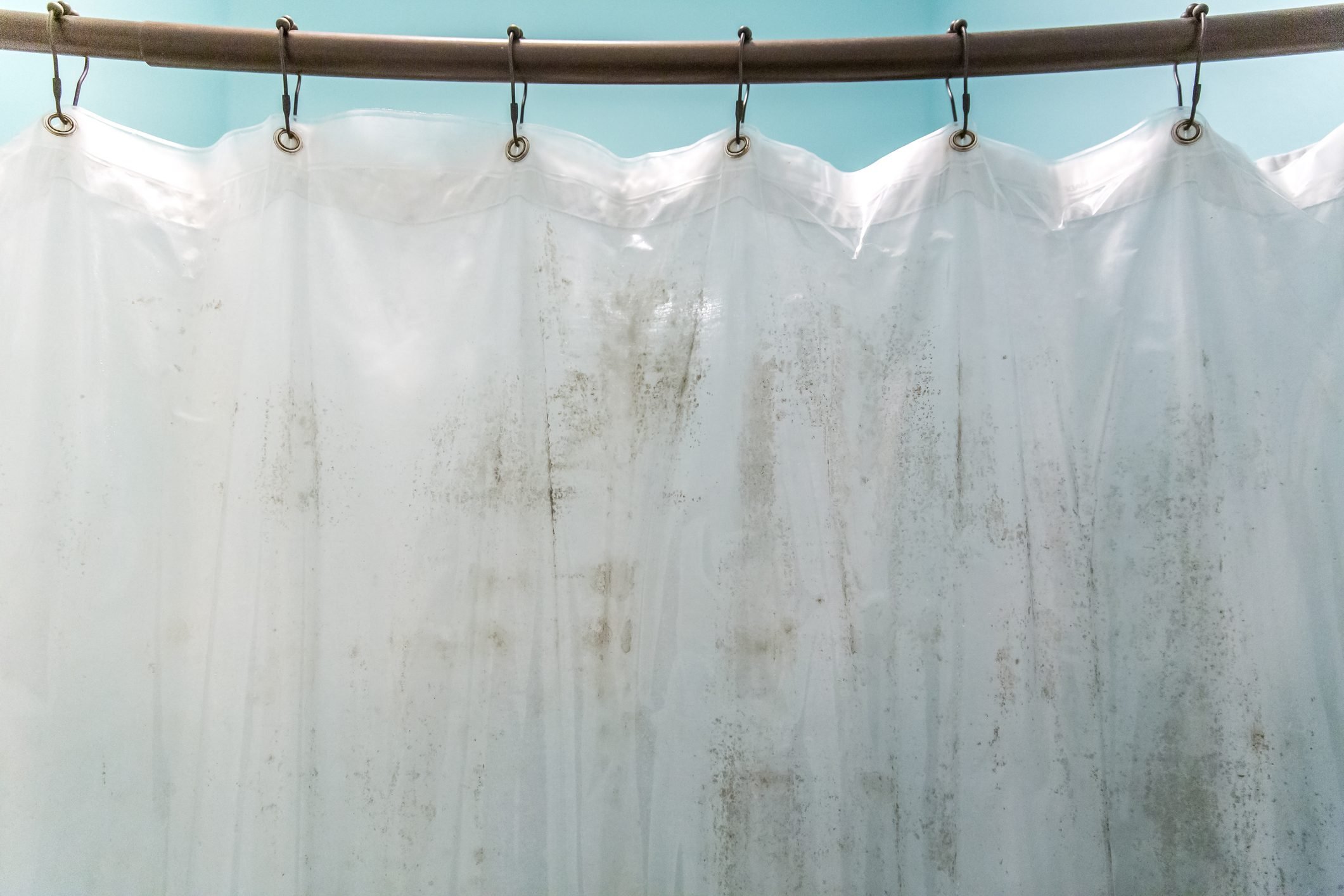
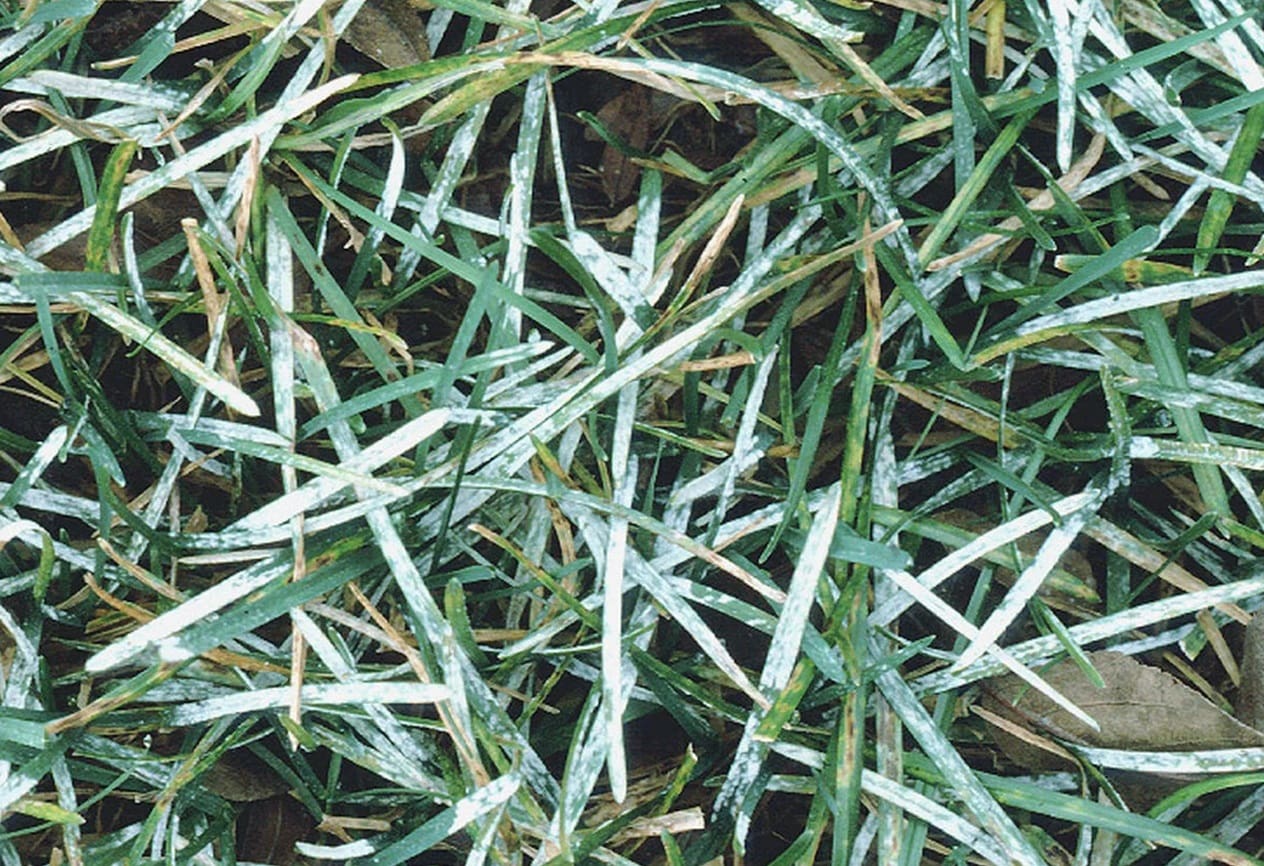
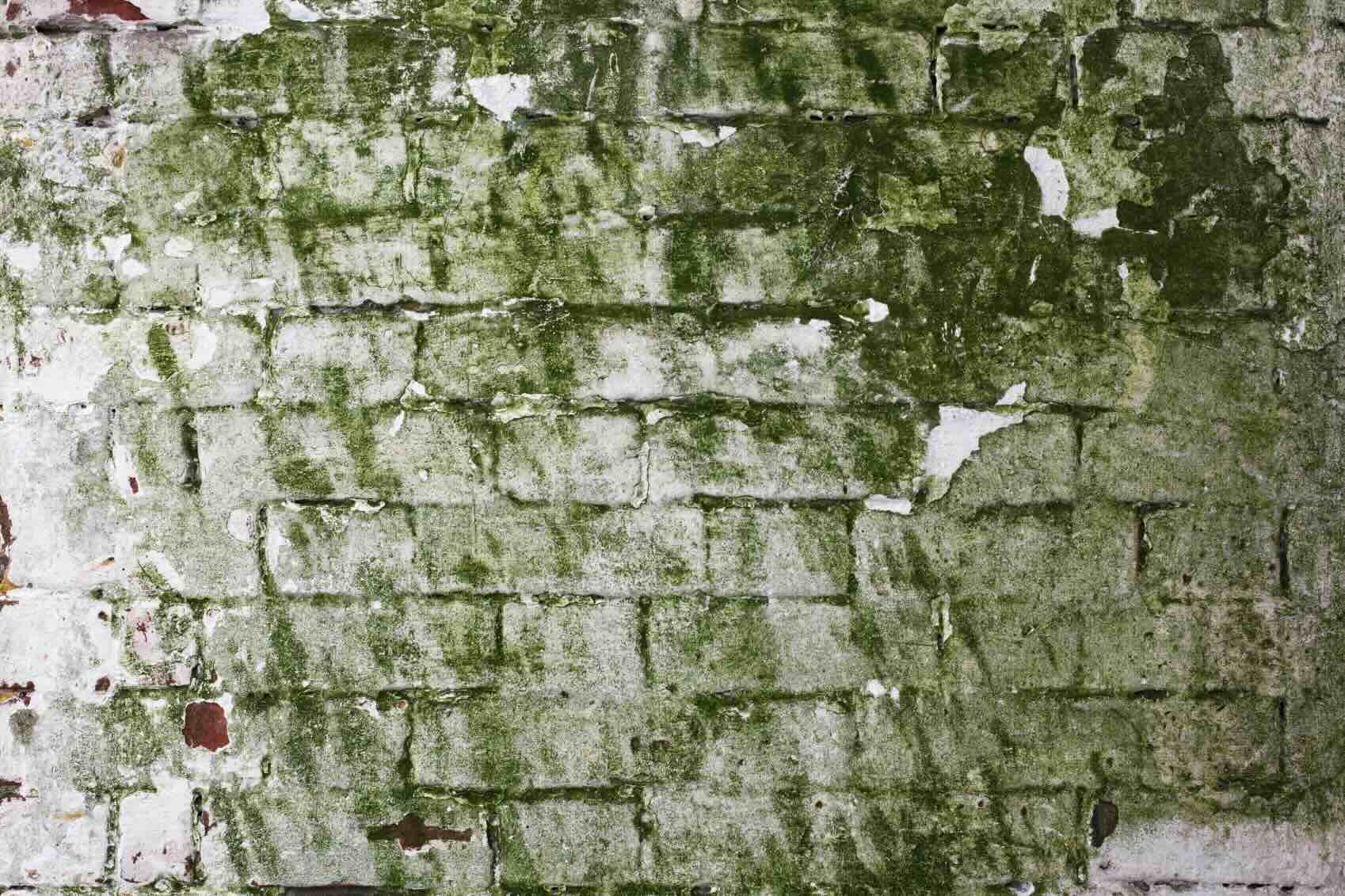
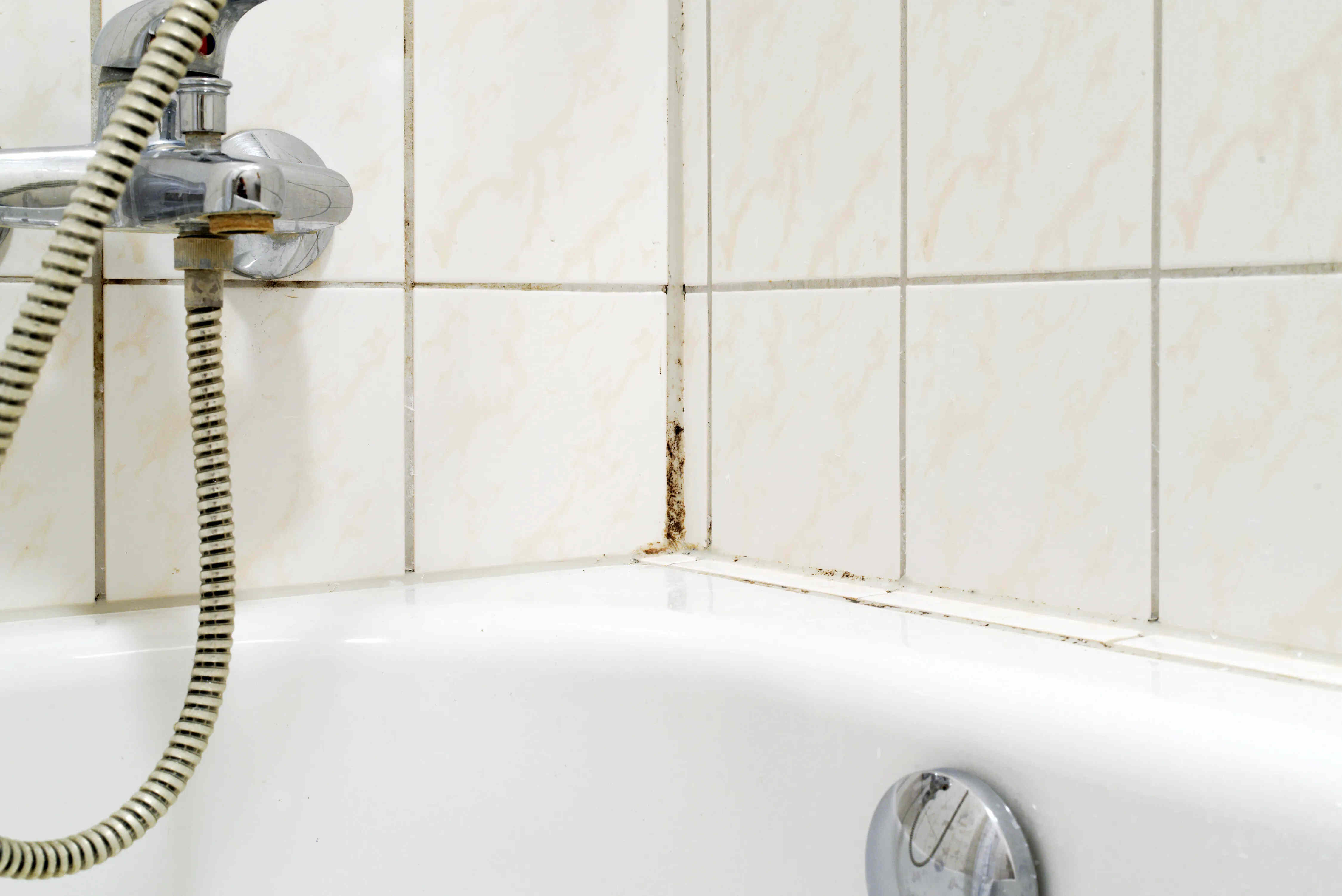
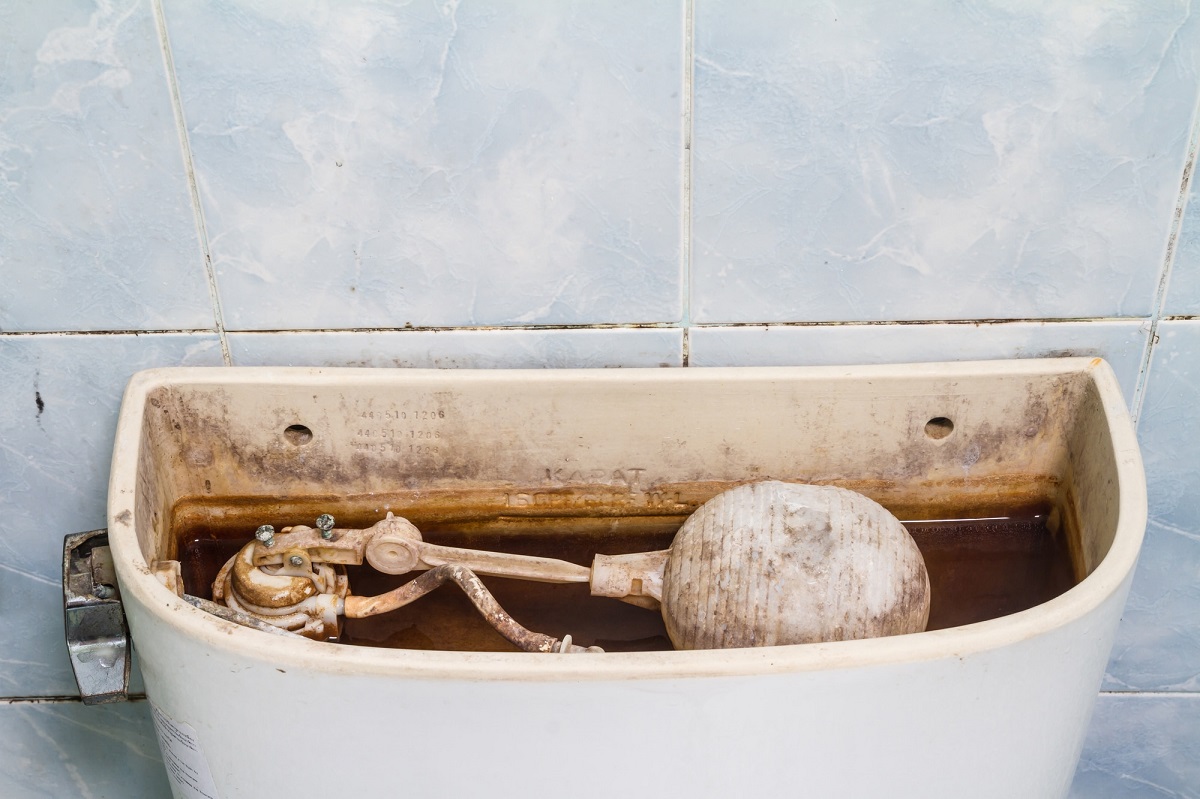


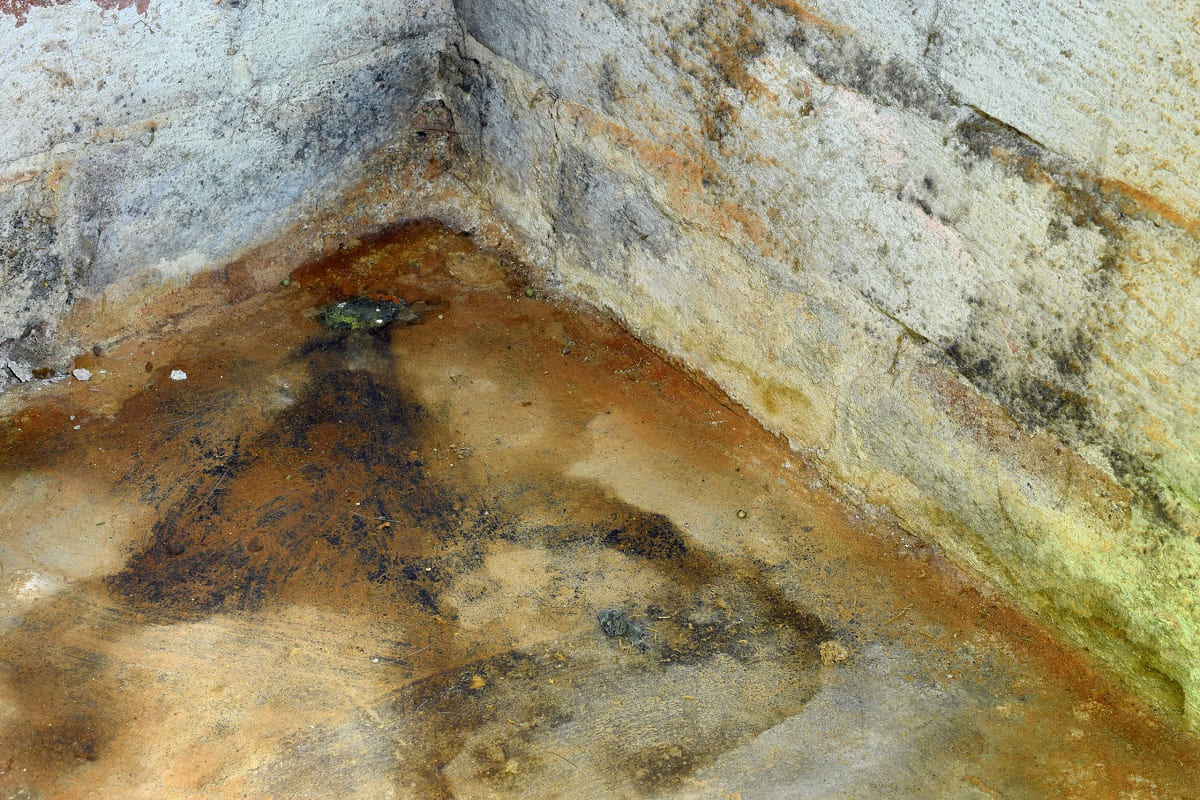
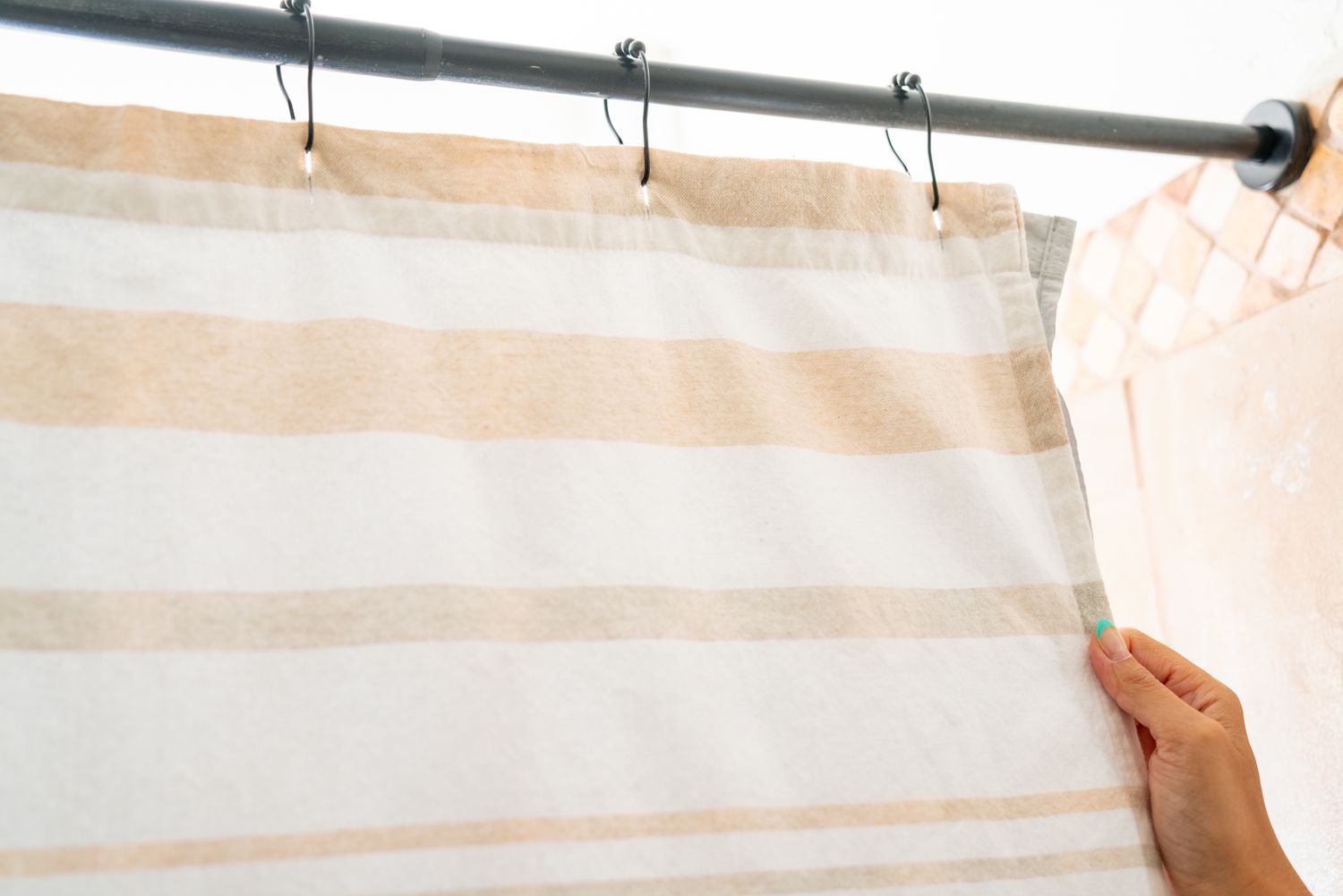
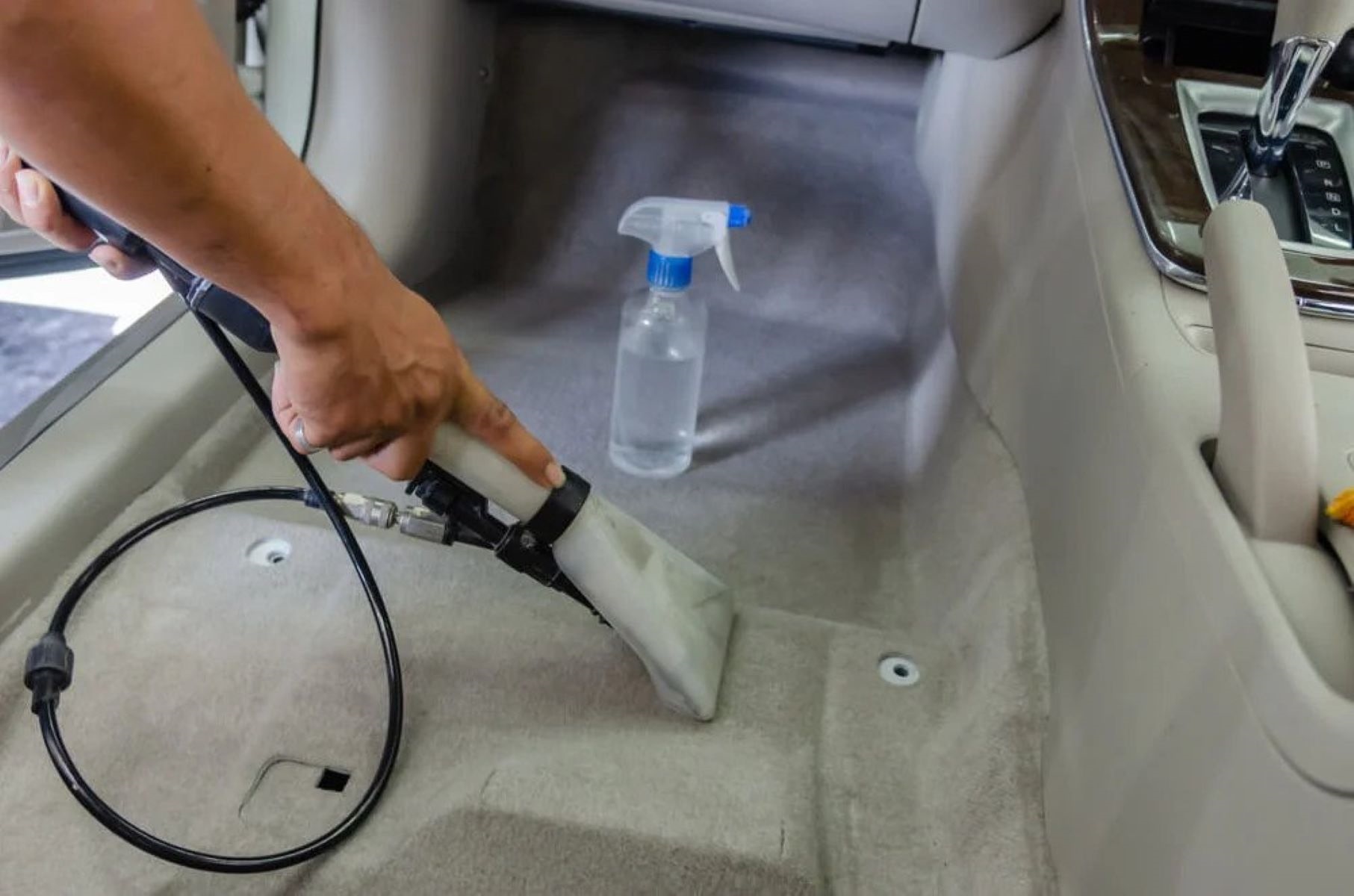
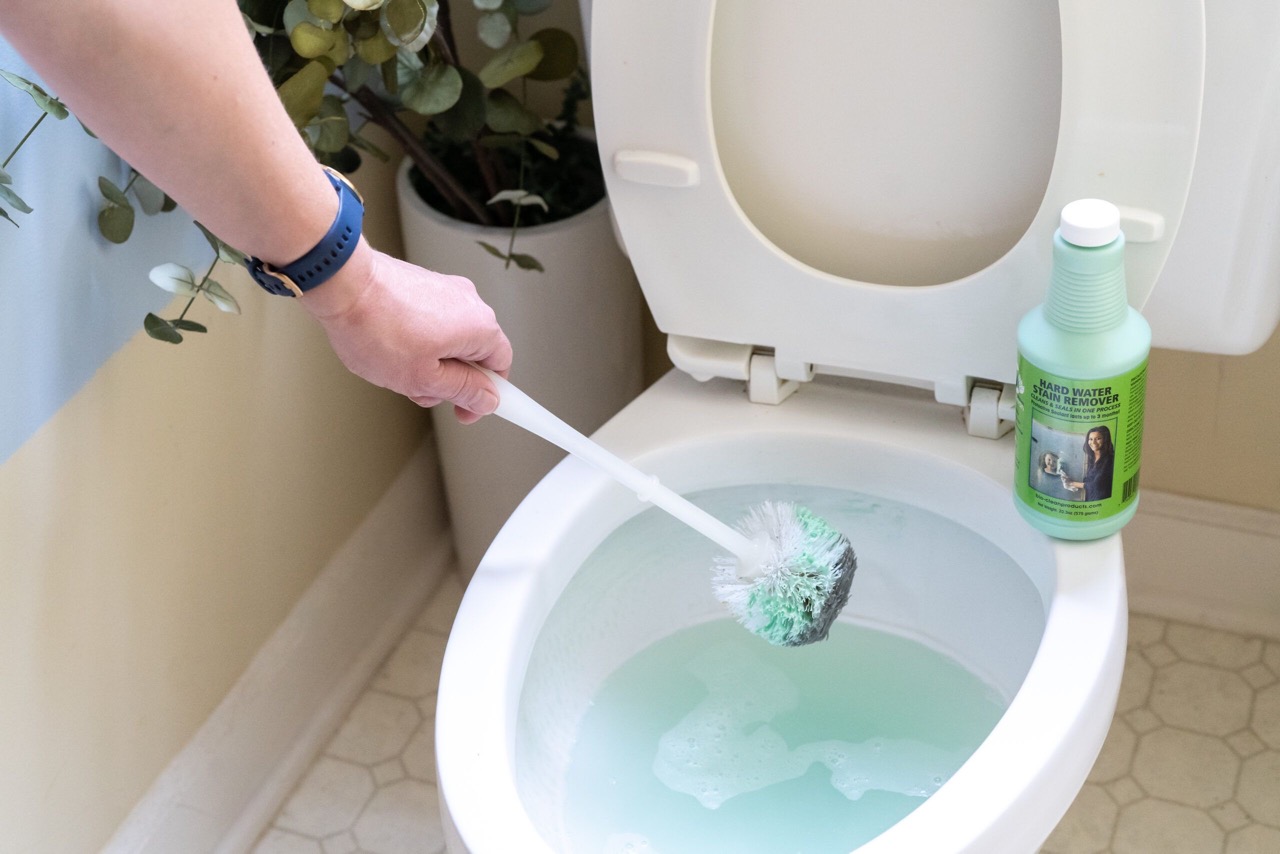
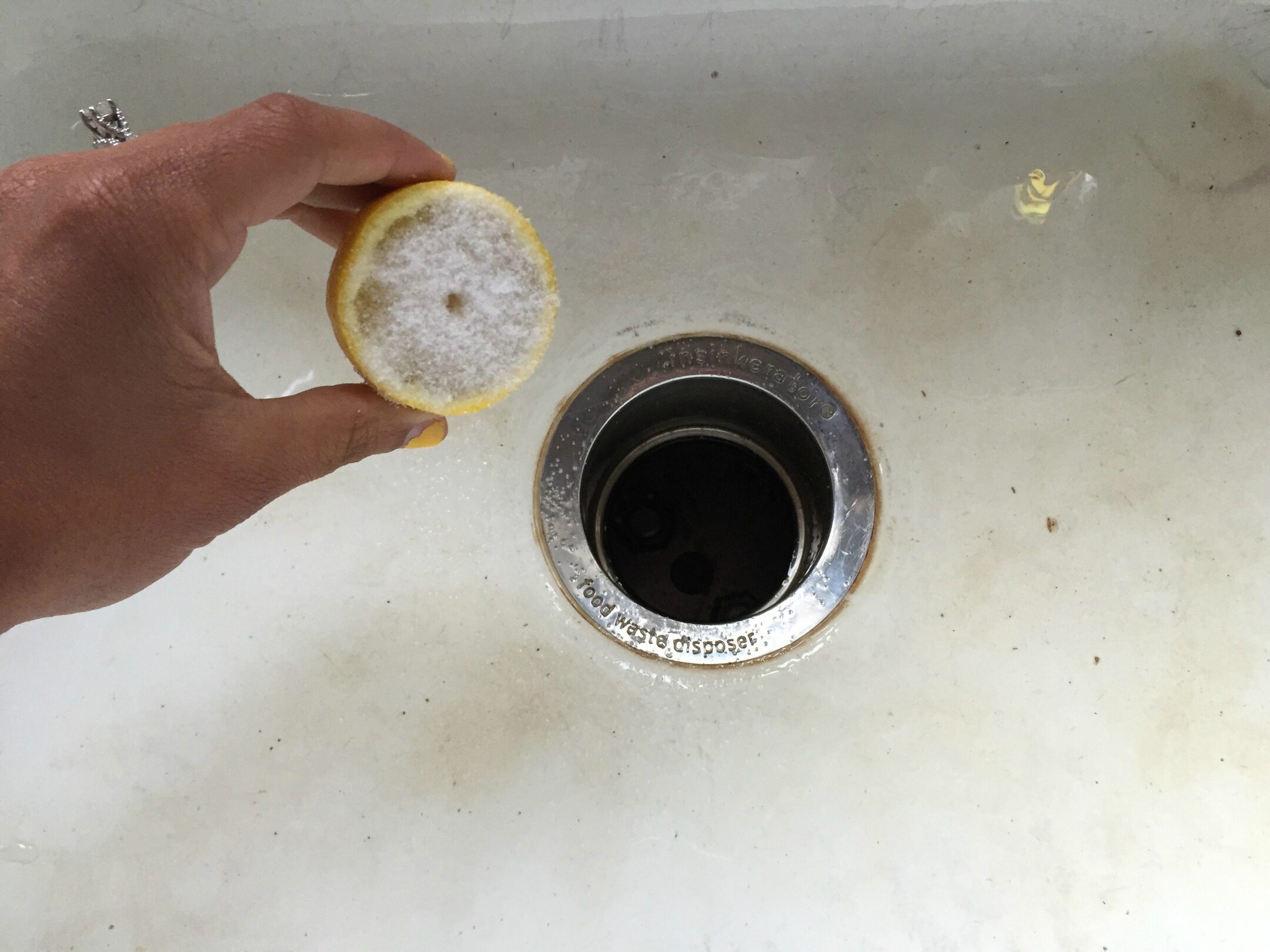
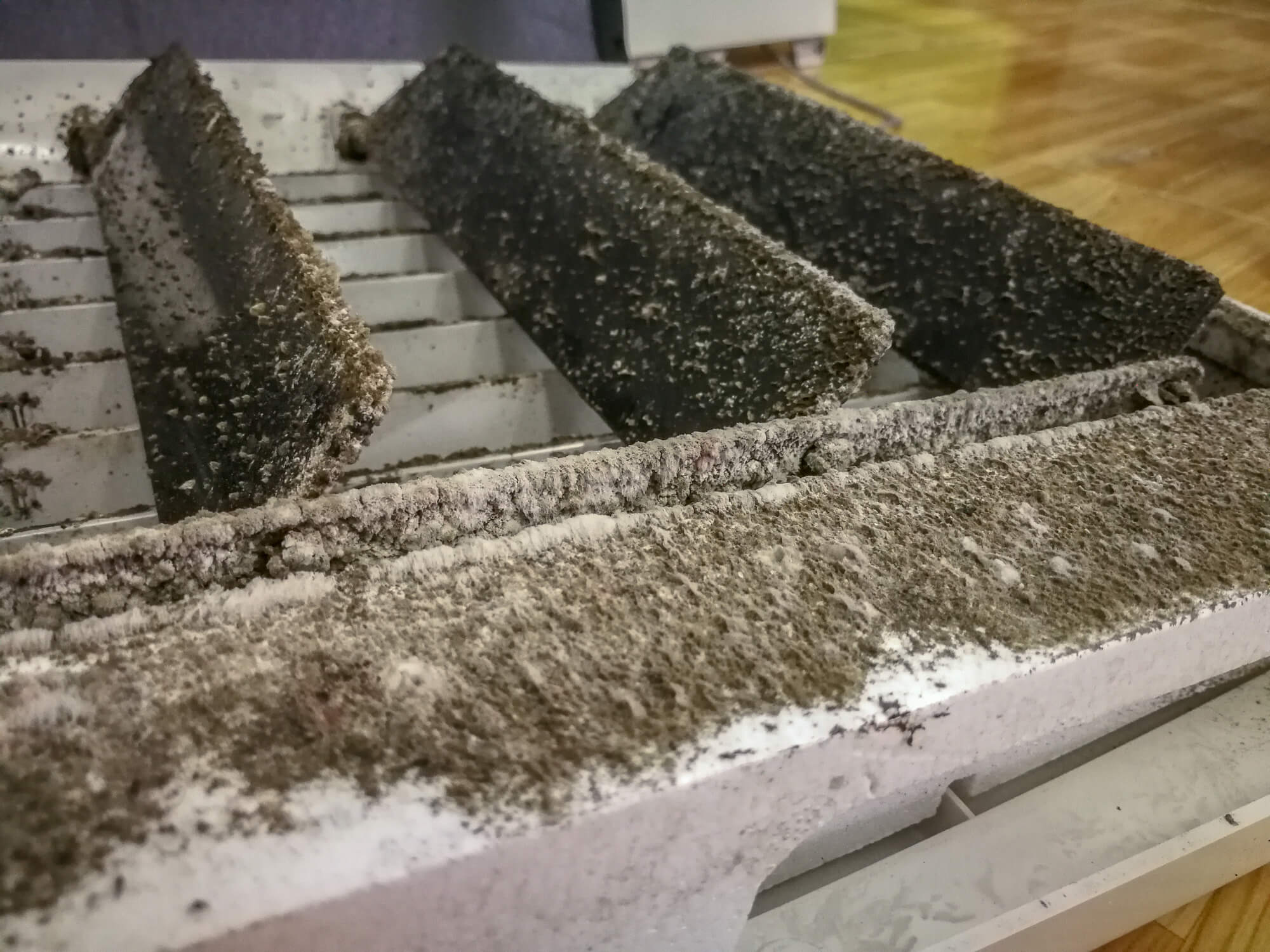
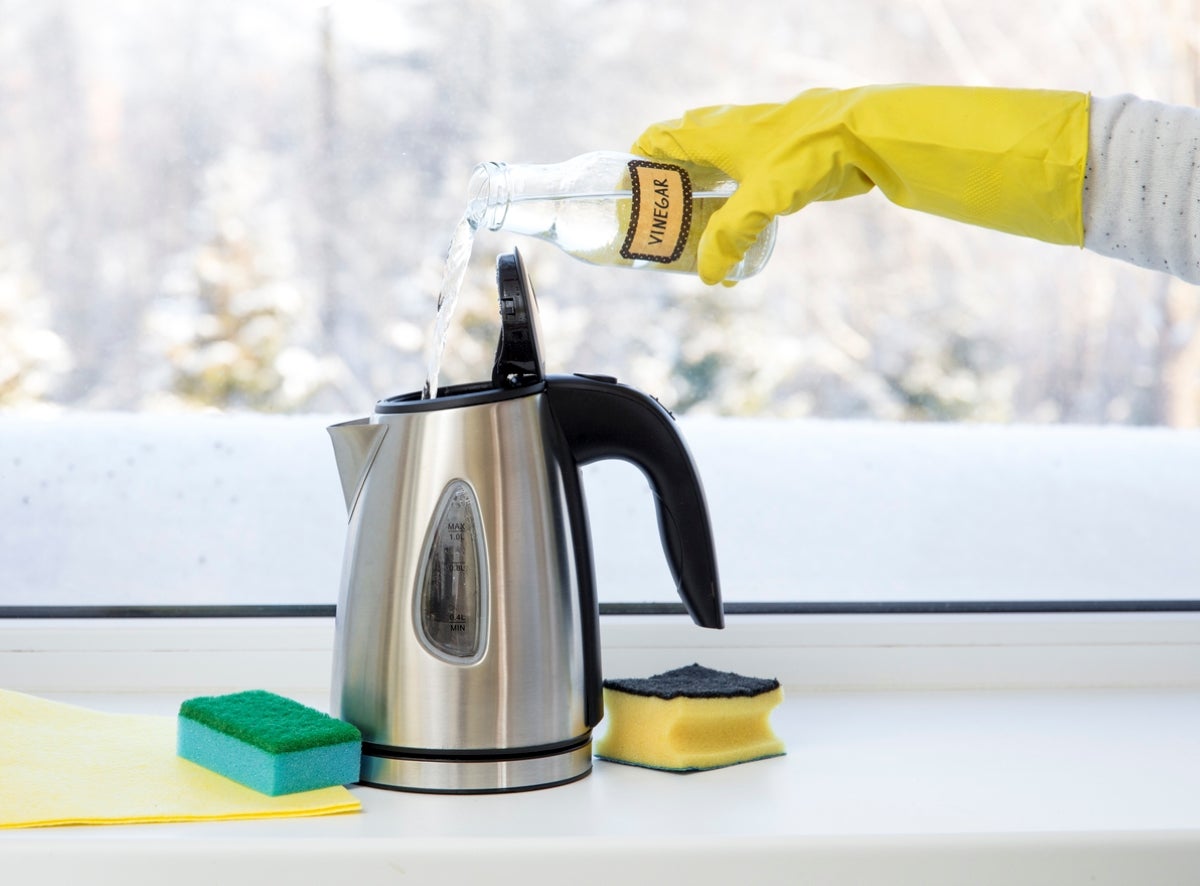

0 thoughts on “How To Get Rid Of Shower Curtain Mold And Mildew For A Healthy Bathroom”